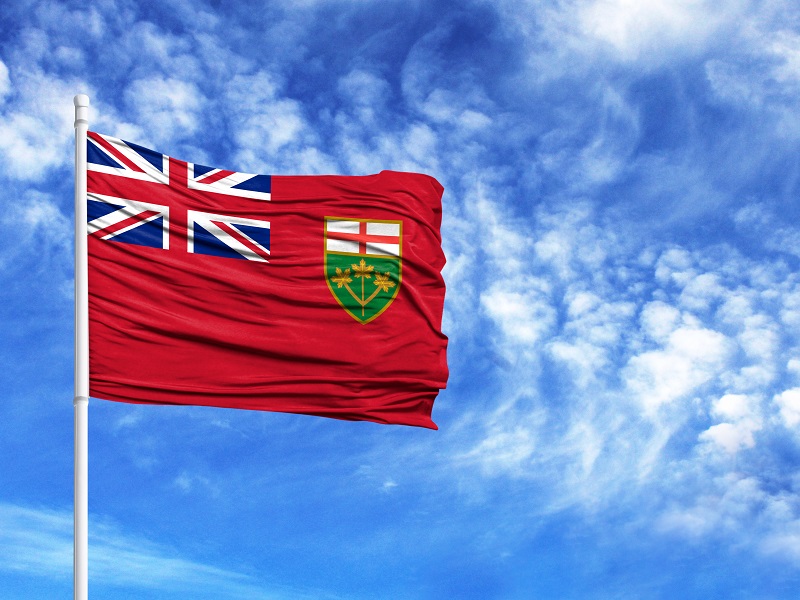
In its 2021 budget on Wednesday, the Ontario government said it’s requiring pension plan administrators to calculate and report their plan’s claim exposure to the pension benefits guarantee fund, to support the protection of benefits into the future.
A review of the fund, discussed in the province’s 2020 budget, found there was a need for data to better estimate its exposure to future claims and the appropriate level of funding by employer sponsors. In the event that an eligible defined benefit pension plan is unable to provide the promised benefits, the fund guarantees the first $1,500 per month per member.
Read: What do pension benefits guarantee fund changes mean for plan sponsors?
The budget stated while the fund is currently in a strong financial position, the number of plans covered is decreasing as defined benefit plans continue to close. “At the same time, conversions to the jointly-sponsored pension plan model, while providing benefits such as shared governance and efficiencies, also decrease the number of covered plans. The declining number of plans paying into the [pension benefits guarantee fund] further concentrates risk among fewer employers.”
In other news, in light of ongoing economic hardship caused by the coronavirus pandemic, the Ontario government is providing a second round of small-business support payments to eligible recipients in the form of grants ranging between $10,000 and $20,000, while expanding eligibility for these businesses to receive up to $1,000 for the purchase of personal protective equipment. But, unions representing education staffers criticized the budget for not spending on adequate in-school safety measures, noting health impacts on employees during the pandemic including hospitalizations from the virus.
Read: Ontario’s 2020 budget highlights employer health tax, pension reviews
The province is also extending the wage enhancement for more than 147,000 personal-support services workers until June 30, 2021, and will continue to review the extension, the budget stated. It’s also proposing a 20 per cent top‐up to the 2021 tax credit for child-care access and relief from expenses, increasing support from $1,250 to $1,500, on average.
And in response to the pandemic’s uneven economic impact, the province is dedicating $117.3 million in targeted employment and training supports to assist women, racialized individuals, First Nations peoples, youth and people with disabilities.
Meanwhile, NDP Leader Andrea Horwath and CUPE Ontario President Fred Hahn called out the absence of a paid sick-day policy to protect employees as the province faces down a third wave. The federal government currently offers paid sick leave via its Canada Recovery Sickness Benefit program, but critics argue the process of applying and waiting for payments creates unnecessary barriers for employees to navigate during the ongoing coronavirus pandemic. In 2019, the provincial government eliminated a paid two-day entitlement and replaced it with three new unpaid leaves of absence, available to any Ontario employee regardless of the size of employer.
Read: Calls for Ontario to reinstate paid sick leave intensify amid lockdown
